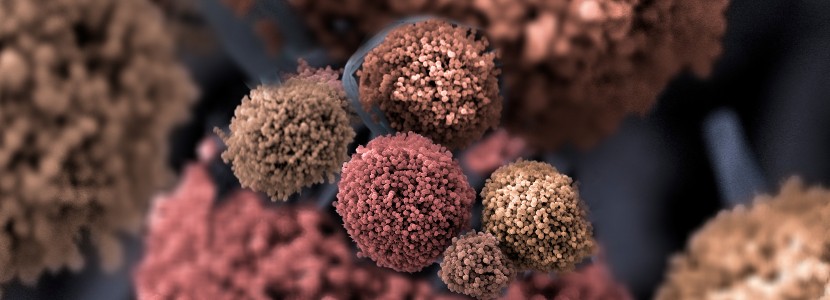 24 Jun 2022
24 Jun 2022
Mycotoxin contamination> Mycotoxins are secondary fungal metabolites that can be found in a wide range of raw materials used in human and animal feed.
| Although there are hundreds of mycotoxins, regulatory limits and guidelines for maximum tolerated levels in foods have only been established for a few. |
The acknowledgement of the negative effects of mycotoxins on health and productivity in pig and poultry farming has led to the establishment of maximum tolerance levels for aflatoxins. As well as the creation of regulatory guidelines (recommended tolerance levels) for ochratoxins and a small amount of fusarium toxins.
Limits vary according to:
Mycotoxin analysis
![]() Sampling plays a crucial role in the accuracy of mycotoxin level determination. It is often the main source of variation associated with mycotoxin analysis, causing close to 90% of error in some analyses (Turner et al., 2015).
Sampling plays a crucial role in the accuracy of mycotoxin level determination. It is often the main source of variation associated with mycotoxin analysis, causing close to 90% of error in some analyses (Turner et al., 2015).
Regardless of the analytical method, mycotoxin concentrations are usually expressed as μg/kg on the basis of dry material. Positive results are those observed in samples which are above the limit of detection (LOD) and quantifiable results are those that are above the limit of quantification (LOQ).
![]() LOD and LOQ vary greatly depending on the analytical method which is used. Therefore, data comparisons between different trials must be done cautiously (Von Holst and Stroka, 2014).
LOD and LOQ vary greatly depending on the analytical method which is used. Therefore, data comparisons between different trials must be done cautiously (Von Holst and Stroka, 2014).
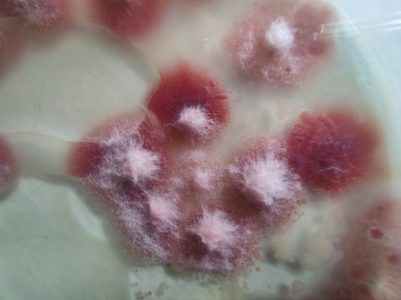
Factors affecting mycotoxin contamination
Mycotoxins are produced by fungi, so virtually all factors that have an impact on fungal development can affect mycotoxin production.
A simplified approach to fungal development and mycotoxin production is to separate fungi into two groups:
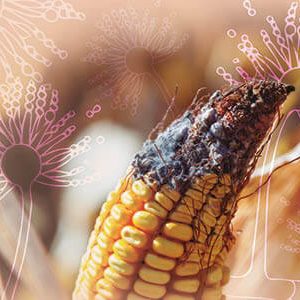
Raw materials are the substrate, and the main factor that influences mycotoxin production by fungi. The second most important factors that determine what type of fungi will develop, are those associated with climate conditions (rainfall, temperature and environmental humidity.)
![]() In addition to climate, several other factors are also known to modify the fungal colonization of plants and mycotoxin production
In addition to climate, several other factors are also known to modify the fungal colonization of plants and mycotoxin production
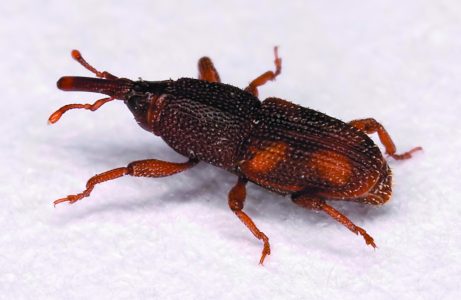
During storage, temperature, water availability, and insect damage modify mycotoxin content (Bryden, 2012).
Finally,an important fact to take into account when carrying out mycotoxin analysis is associated with the time of year in which such determinations are made. Due to the fact that conditions like rainfall and temperature during that studied period will have a direct impact on mycotoxin content.
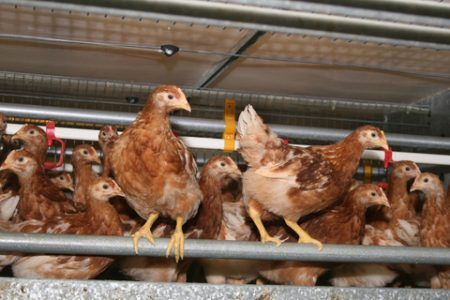
[register]
Pig and poultry exposure
Since animal exposure to mycotoxins occurs primarily through feed, and contamination of raw materials used for feed formulation varies considerably, the risk of exceeding regulatory guidelines will vary depending on: the mycotoxin, formulation, and geographic origin of the raw materials used.
Different risk assessment methods and different exposure scenarios can be used.
Nutritional requirements vary with age and the animal species that is under consideration. These variations also have an influence on feed formulation.
Mycotoxin exposure linked to dehydrated whey, synthetic amino acids and vitamins was assessed as zero. The probability that all of the different raw materials used in feed formulation contain the highest levels of contamination, is low. Therefore, if the amount of ingredients used in feed is greater, the probability of exposing animals to high levels of mycotoxins is much lower.
Mycotoxin levels found in feed as a consequence of soybean replacement with other protein sources will vary depending on the raw materials being used:
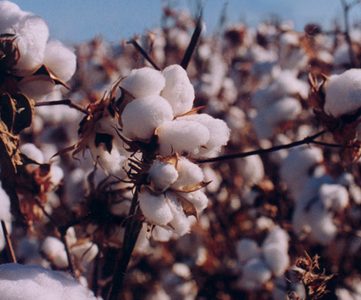
On the contrary, cottonseed meal was found to be highly contaminated with aflatoxins, at least for some areas around the world. Therefore, it must be taken with special caution when considering it a possible replacement for soybean meal.
The risk of exceeding established limits in mycotoxin guidelines for pig and poultry feed are higher for aflatoxins in corn-based diets. This risk will increase if soybean meal is replaced with cottonseed meal.
Conclusions
Although the toxicity of mycotoxins in pigs and poultry has been known for several years and there are regulatory guidelines for several of these compounds, there is no data worldwide to compare the levels of mycotoxins in the different foods used at different stages of production.
The calculation of theoretical levels using contamination data from the main raw materials used in food revealed differences depending on the raw materials used, their geographical origin and their intended use.
The choice of raw materials used during feed formulation has important consequences for exposure to mycotoxins and should be carefully analyzed, especially in pig diets.
Complementary data on mycotoxin levels in non-commonly used raw materials are necessary to avoid any risk of overexposure when unusual food substitutions are used.
[/register]
Subscribe now to the technical magazine of animal nutrition
AUTHORS
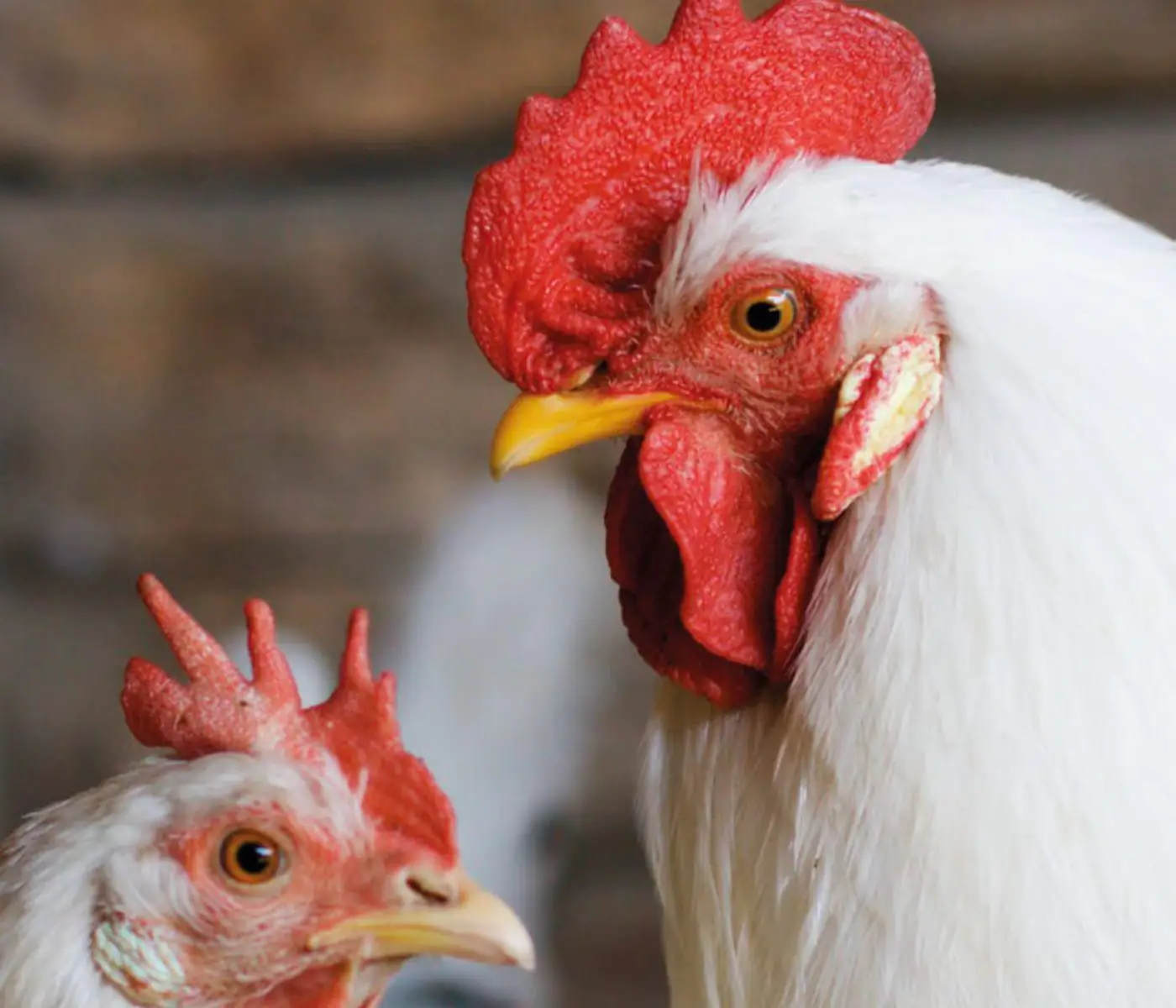
Nutritional Interventions to Improve Fertility in Male Broiler Breeders
Edgar Oviedo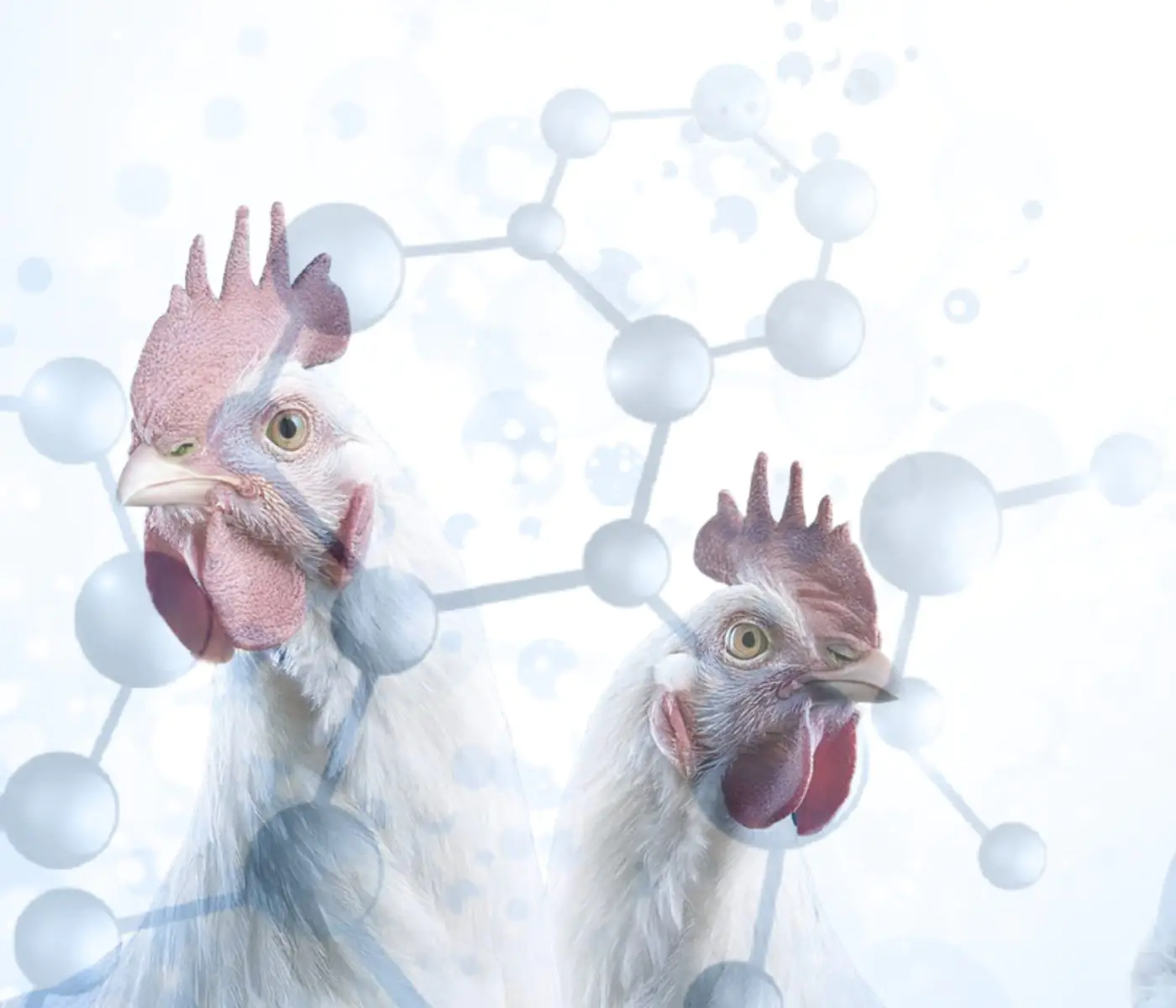
The Use of Organic Acids in Poultry: A Natural Path to Health and Productivity
M. Naeem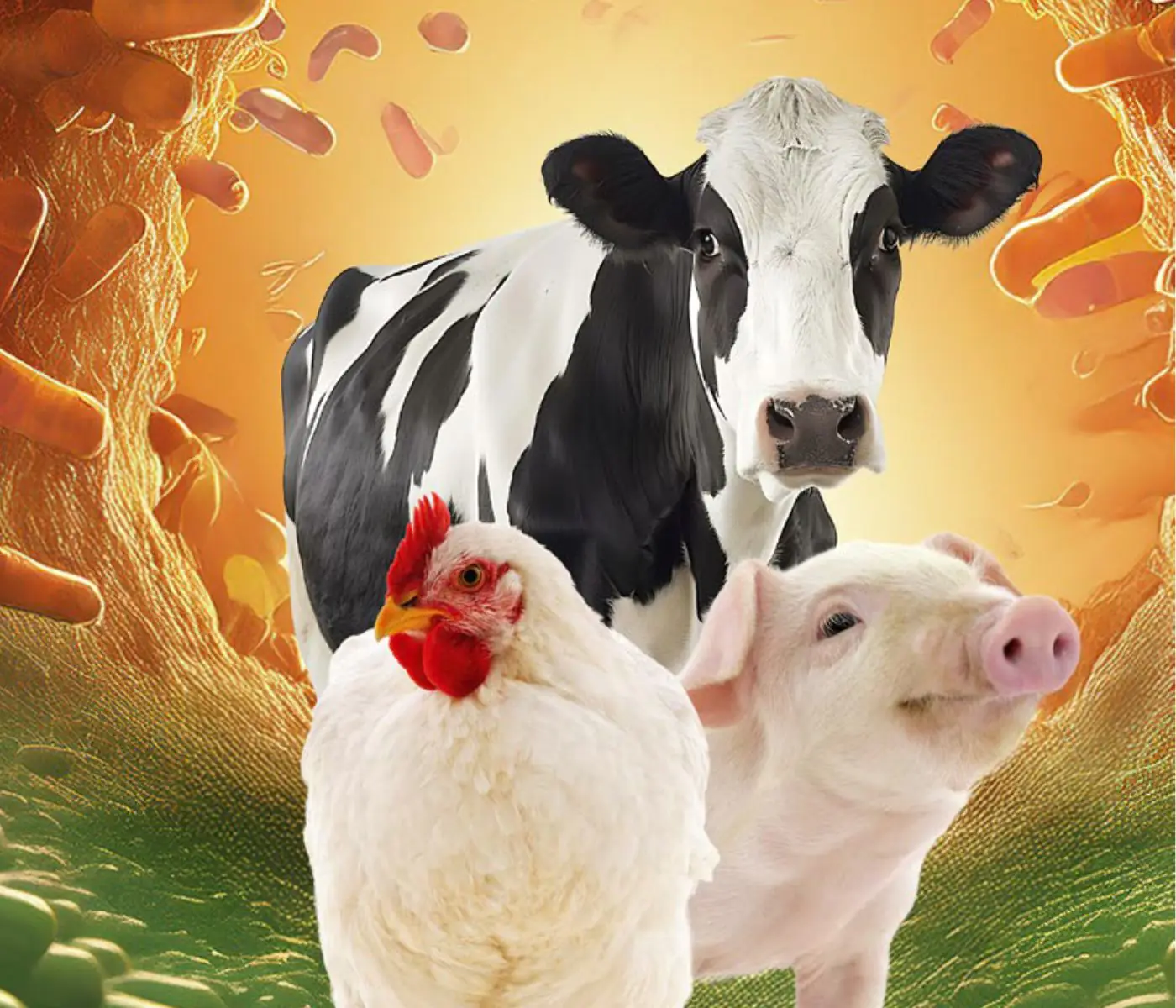
Synergistic Benefits of Prebiotics and Probiotics in Poultry, Swine, and Cattle
Gustavo Adolfo Quintana-Ospina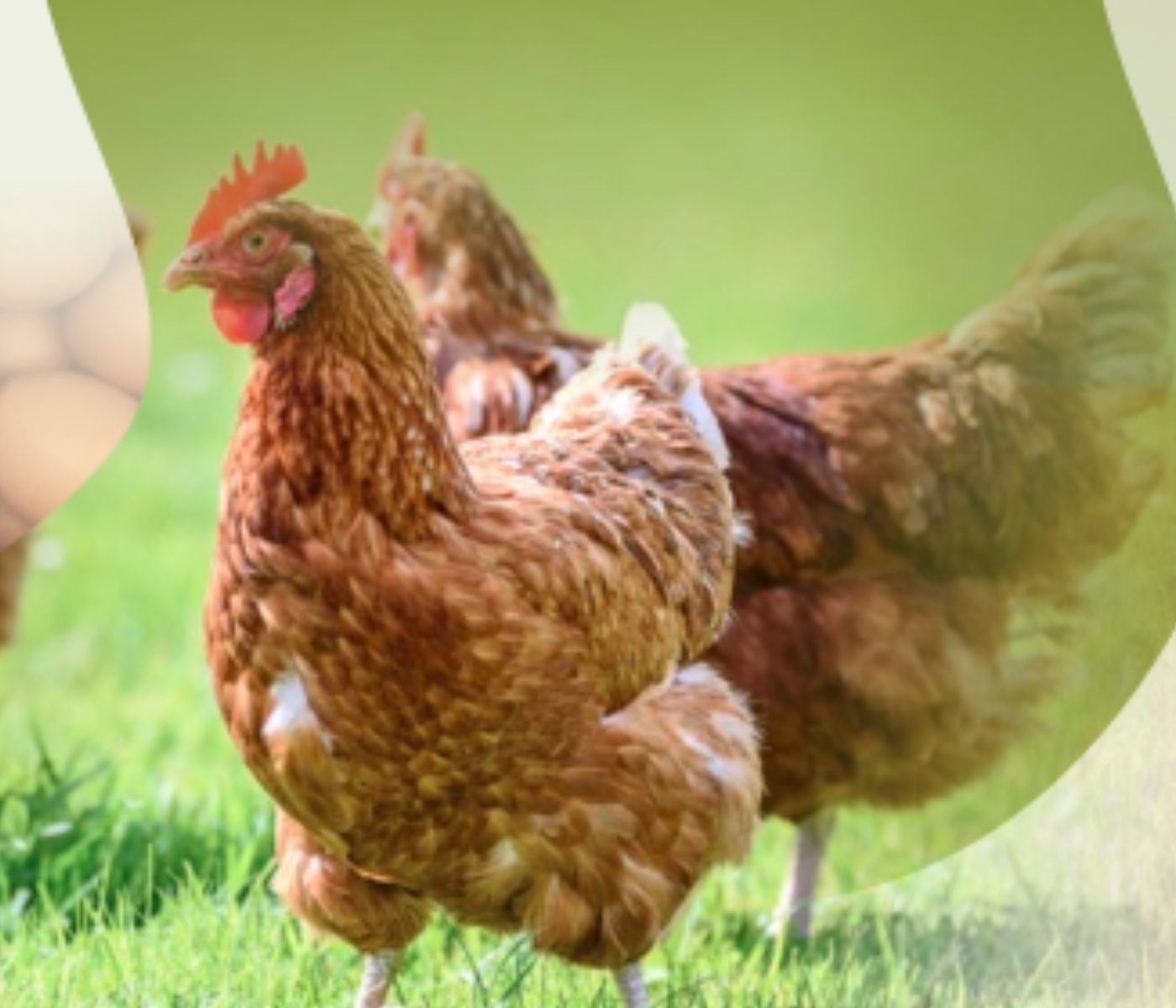
Hybrid Rye Potential in Laying Hen Feed Rations
Gwendolyn Jones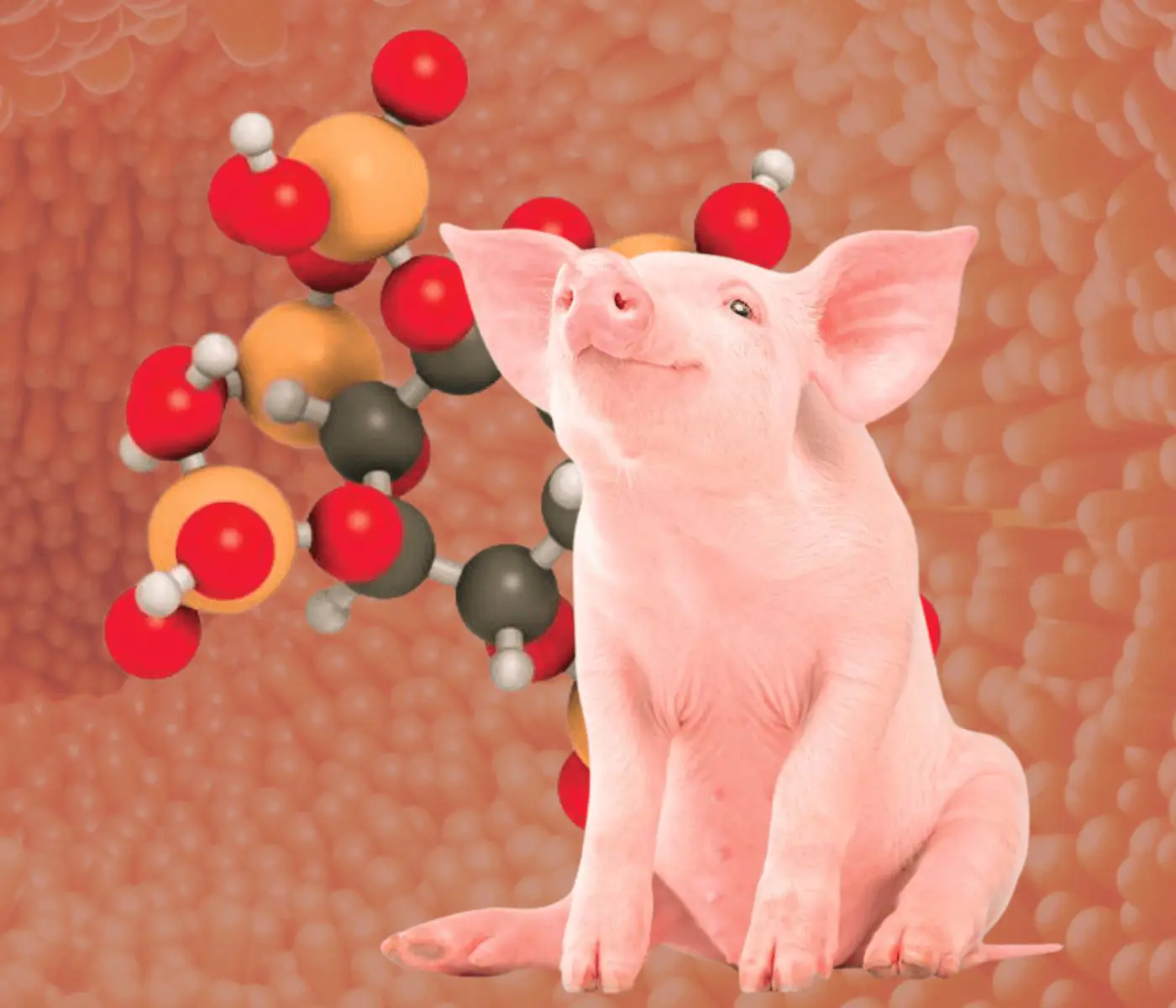
A day in the life of phosphorus in pigs: Part I
Rafael Duran Giménez-Rico
Use of enzymes in diets for ruminants
Braulio de la Calle Campos
Minerals and Hoof Health in the Pregnant Sow
Juan Gabriel Espino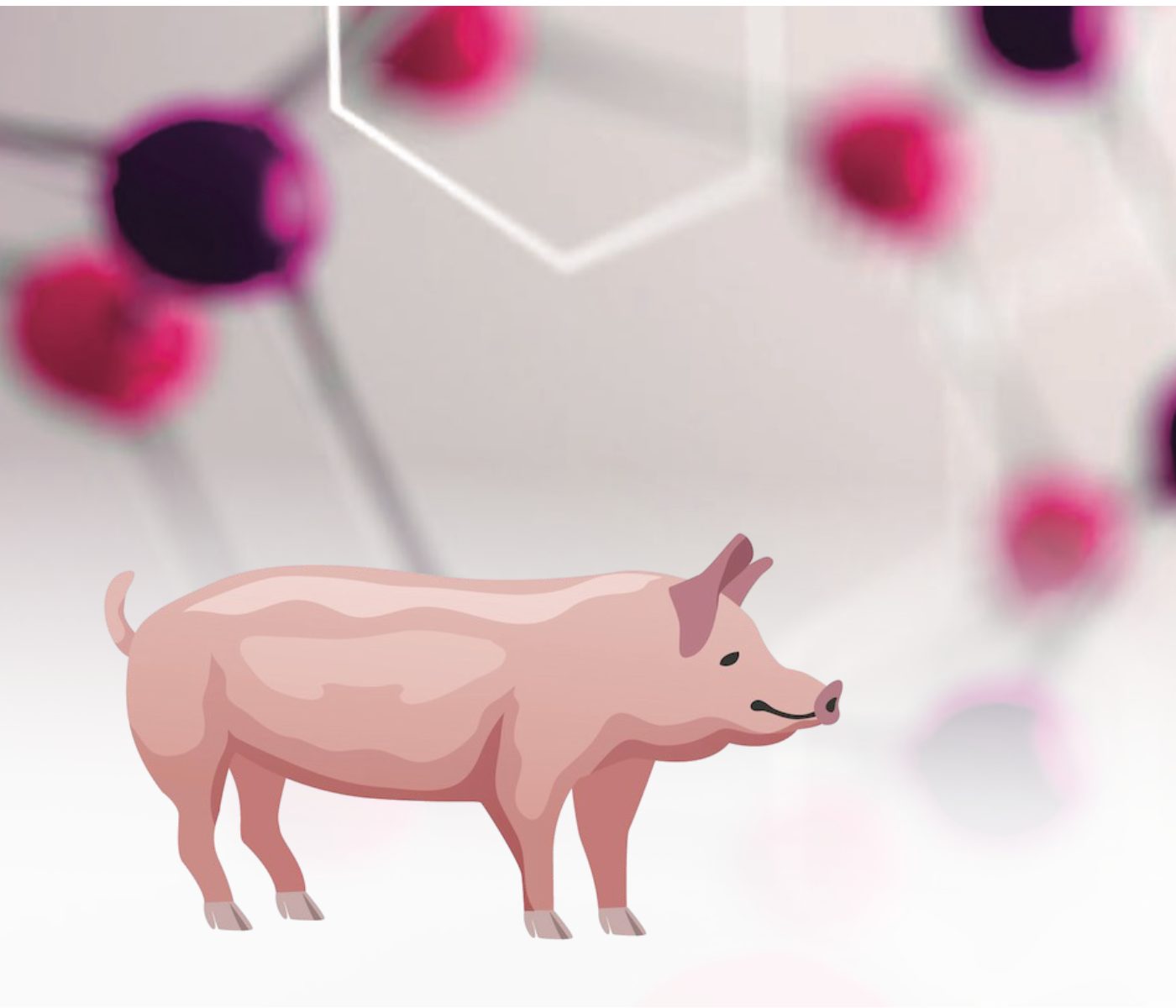
Impact of Oxidized Fats on Swine Reproduction and Offspring
Maria Alejandra Perez Alvarado